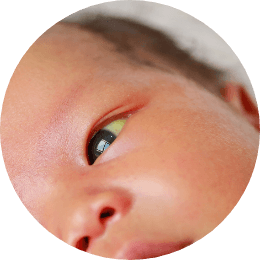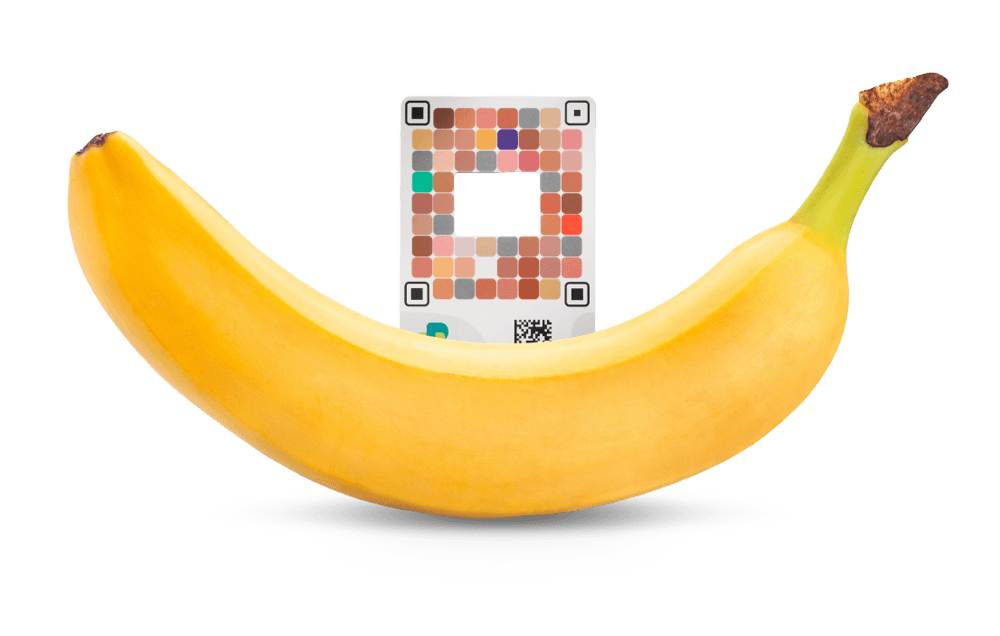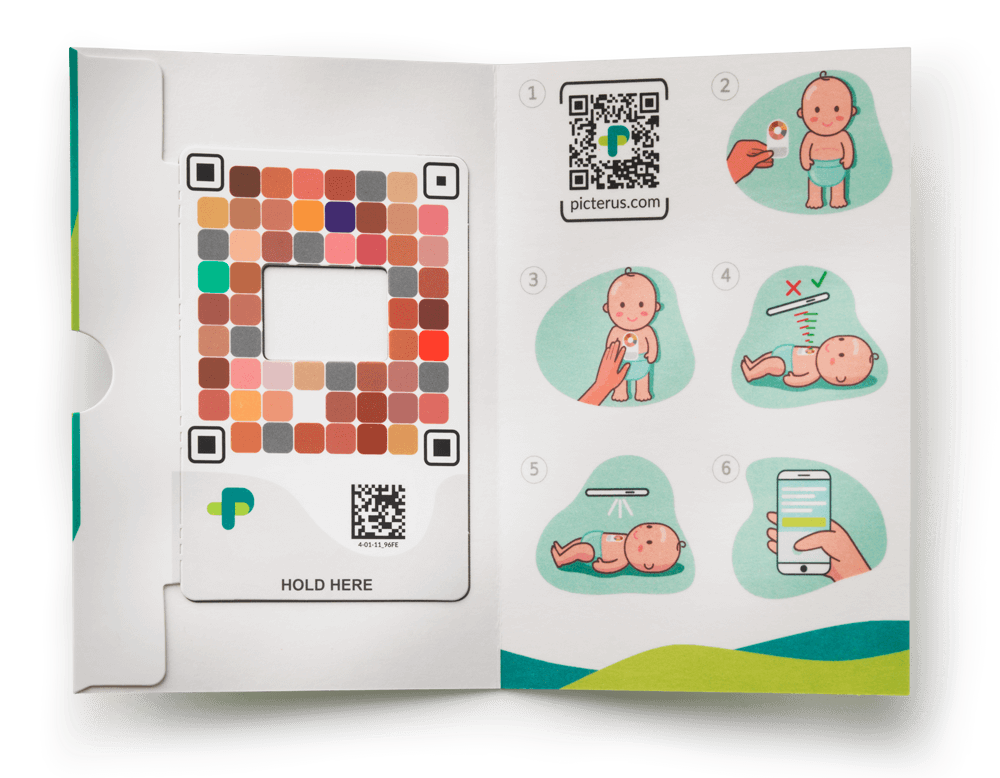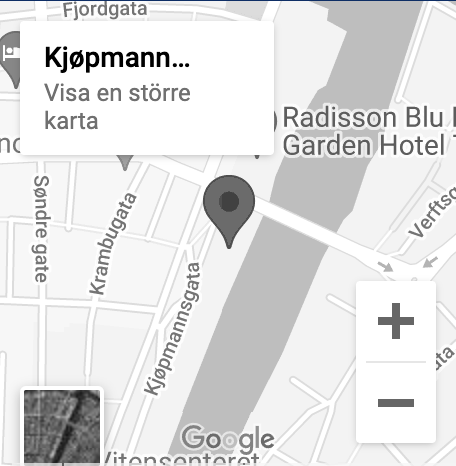Neonatal
jaundice
Currently, jaundice is a leading cause of hospital readmissions for newborns. A newborn is typically discharged within 24-48 hours, while bilirubin levels usually peak afterwards.
Research indicates that up to 80% of newborns develop some degree of jaundice in the first few days of life. They typically exhibit higher bilirubin levels than adults due to rapid red blood cell turnover and a brief delay in bilirubin processing. This contributes to an initial increase in bilirubin after birth, which typically normalises as their ability to handle the substance matures.
Untreated jaundice
can lead to
irreversible damage
High levels of bilirubin in the newborn’s blood can lead to kernicterus, a rare but devastating form of neurologic dysfunction resulting in life-long disability. Early jaundice detection is vital to prevent complications. Healthcare professionals should ensure vigilant monitoring and arrange appropriate follow-up care, accommodating different post-birth care scenarios to effectively manage the period when bilirubin levels are likely to peak.
Jaundice is often characterized by a yellowing of the skin and eyes. For more information about neonatal jaundice, click here.
How yellow is
a banana?
It is difficult to determine when the skin turns too yellow by eye. By the time symptoms of jaundice are clearly visible to the naked eye, irreversible damage might already have occurred.
This is why Picterus® Jaundice Pro can offer a safer screening than a visual inspection, whether used in hospitals or at home.


Educating
caregivers
Jaundice frequently manifests outside the immediate postnatal care timeframe, when direct healthcare support may not be accessible. Therefore, it is crucial to provide expectant caregivers with comprehensive knowledge and practical tools before transitioning to independent care. Educating a patient during the pregnancy stage can significantly enhance their readiness to manage the onset of jaundice effectively.

The role of screening in
jaundice detection
Screening methods serve as a first-line defence in the early detection of neonatal jaundice, intended to support, not replace, the definitive diagnosis made through blood tests. The goal is to reduce the need for unnecessary invasive procedures without compromising care.

Picterus® Jaundice Pro is a jaundice screening device approved for clinical use by healthcare professionals and caregivers. Its user-friendly nature also makes it suitable for caregivers to monitor their newborns’ bilirubin levels at home, facilitating timely medical intervention when necessary.
The global picture
Neonatal jaundice is a global health issue with varying prevalence and management approaches across different regions. The urgent demand for cost-effective solutions has been emphasised in research. In underdeveloped countries, limited access to healthcare and reliable screening tools often leads to late diagnosis and treatment. This increases the risks of severe complications and mortality, which can be preventable with better access to more affordable technology. It is estimated that more than 114 000 newborns die from jaundice every year.
The birth of Picterus
The idea behind Picterus traces back to Dr. Anders Aune’s time in Tanzania in 2012, where he got to experience the widespread devastation of neonatal jaundice first-hand. The lack of a better solution became painfully apparent. Motivated by this realisation, he founded Picterus together with Gunnar Vartdal and Lise Lyngsnes Randeberg in 2015. Two years later, our first clinical study was completed. We have been working hard to improve our jaundice screening technology ever since.
